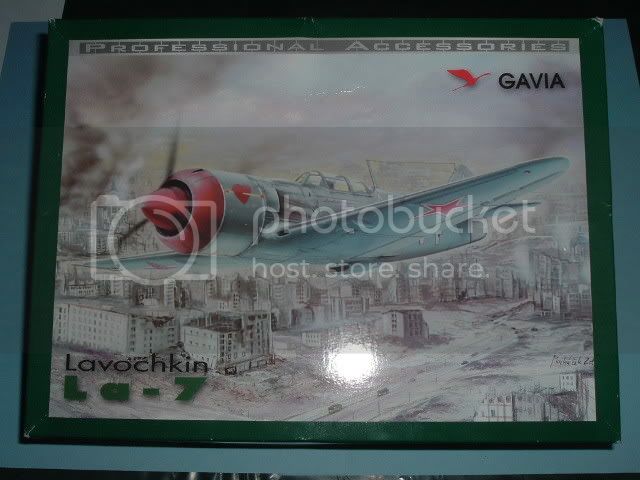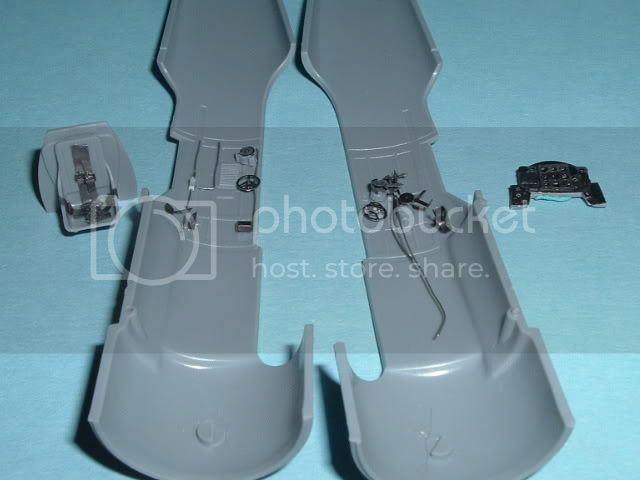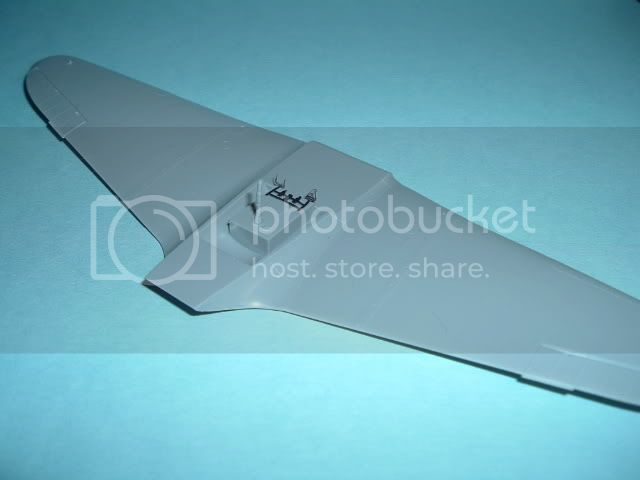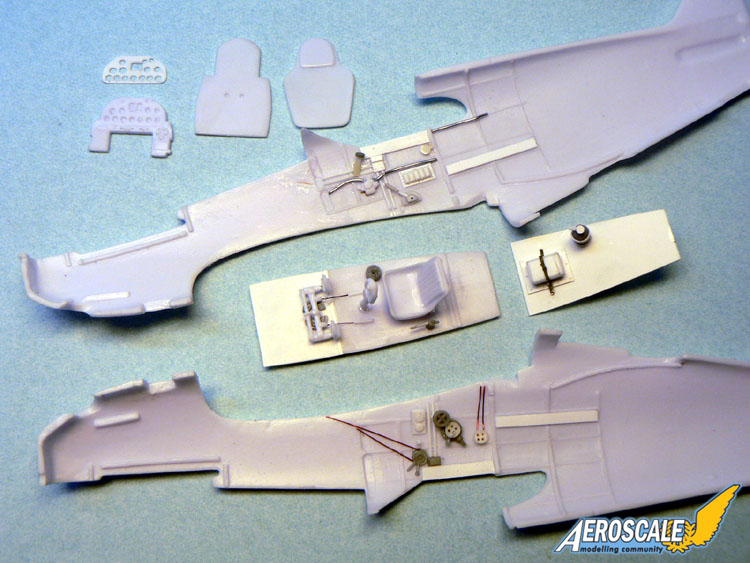Well after long consideration. After pouring through my decals and reminding myself that you can never have too many Fokker D.VII kits on the shelf. I think I have found my colour scheme. I will certainly be an easy one. Dark green uppersurfaces with lt. blue undersurfaces. It will also have red stars and some unit and personal markings. I am feeling the need to jazz up this scheme with maybe and engine swap in progress?
http://www.aerofile.info/fokkerd7/d7html/kozhevnikovin.htmAircraft History
"This Fokker was part of No. 1 OIAE stationed at Petrograd (Leningrad) in 1923. Pilot was A. T. Kozhevnikov. The aircraft of the squadron appear to have been divided into three flights of five plus a leaders aircraft. Here we have the squadron leaders aircraft, the famous Pharaoh emblem was Kozhevnikov's personal badge. USSR Fokker D.VII Profile.
Copyright by Kristjan Runarsson (profile and text. . .This Profile is based on a single lineup photo of the 1'st OIAE. The Pharaoh badge was traced from a photograph of the same badge applied to a Fokker C.III trainer. The Profile is fairly accurate. Only the presence of the red stars is conjectural since no photo clearly shows either upper or lower wing stars. Judging from photos of other types of contemporary Soviet aircraft these would have been present. It is possible that the upper wing star was not applied. One final note concerning the Pharaoh badge. There has been some speculation that the areas I have interpreted as Lapiz Lazuli Blue were red on the original. I chose to stick with my blue since it is very common in ancient Egyptian art but in the interest of accuracy it should be noted that the matter has been debated. "
http://www.brushfirewars.org". . .Enter Tony Fokker! Since the very beginning of the unrest in Russia Fokker had been interested in the new regime. Fokker was no flaming Bolshevik but he knew that the arms manufacturers of Europe would not be jumping all over each other to sell the Reds armaments. Fokker had a very flexible political conviction (some claim it was totally absent) in short Fokker was a pure business man. When he rebuilt his company during the post WWI period Fokker decided that a customer is a customer and he did not hesitate to do business with Reds while the rest of the worlds aircraft manufacturers considered it beneath them to do so. The Red government contracted with Fokker for a large quantity of aircraft in during the early 1920's. These included 50 D.VII fighters, 42 C.III trainers, 3 C.1 two-seaters, 52 D.XIII fighters (50 for the Weimar Republic) and 125 Fokker D.XI fighters (plus 50 more for the Weimar Republic)4). Additionally Fokker sold the Soviets rebuild facilities for these aircraft. The catastrophic defeat at the hands of Pilduski and his Poles had impressed the importance of military upgrades on the Red leadership and it is probable that the D.VII was bought as an intermediary measure pending the delivery of the more potent D.XI. The D.VII was becoming obsolescent by 1922 and its charm would have been the fact that it was available at short notice. Whatever the truth of the matter the D.VII was delivered to Russia in two batches of 25 and the first unit, No. 1 Otdelnaya Aviaeskadrilya (OIAE - independent squadron) was online at Petrograd by December 1922 or shortly afterwards during early 1923 and another D.VII squadron was online in Kiev by December 1922, guarding the uneasy peace with Poland.
The D.VII was one of the first new aircraft to equip the thoroughly modernized and reorganized Red Air Fleet (this later became the Soviet air force the VVS, Voyenno-Vozdushnye Sily). The history of the D.VII was long in Soviet service. The Soviets took the trouble of upgrading the D.VII in various ways including the installation of a wheel axle mounted auxiliary fuel tank. The D.VII remained in use as a trainer at least until the 1930's when it was phased out in this role in favor of other aircraft. . ."
Maybe some Eduard WWII Russians with a little backdating?















 I'm an impulsive buyer too!
I'm an impulsive buyer too! 





































































 .
.



.













 Evening gents. Making some progress on the MiG-21s. I'll post some pics in a day or so.
Evening gents. Making some progress on the MiG-21s. I'll post some pics in a day or so. 





